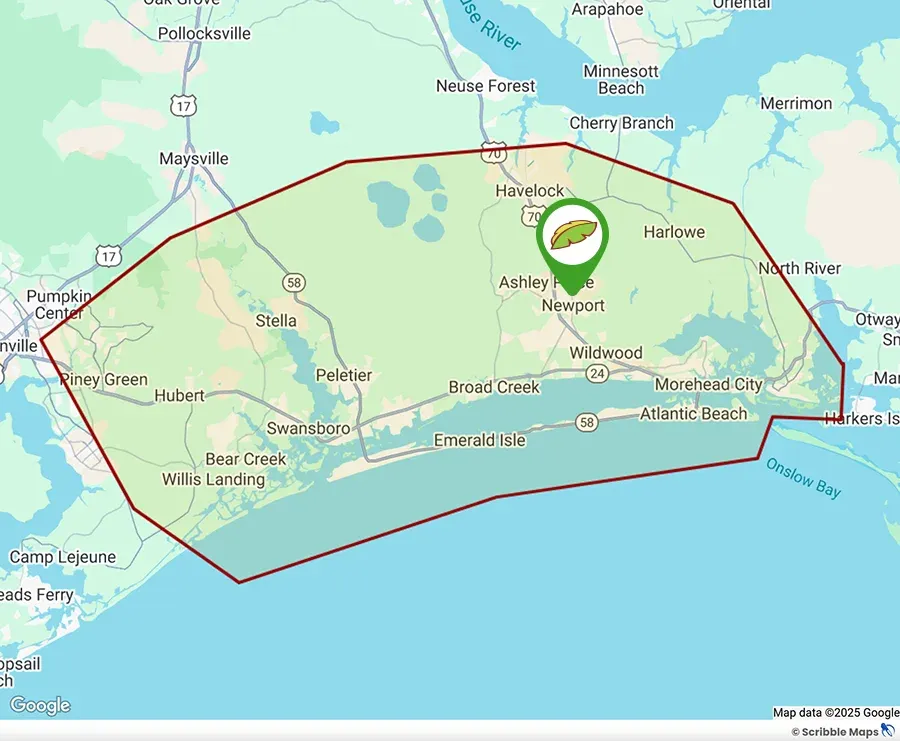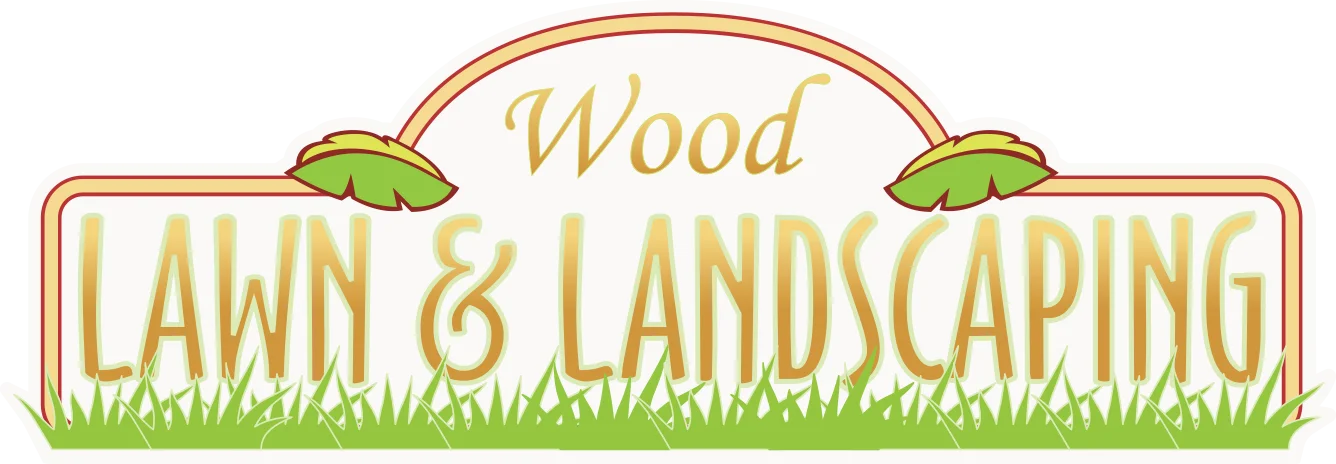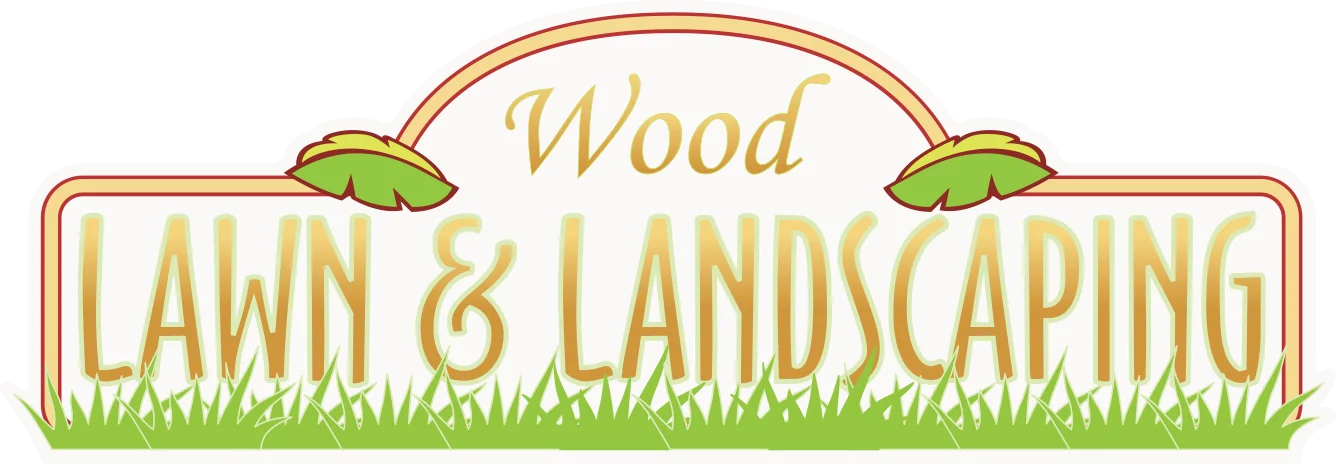Landscaping Services in Eastern North Carolina
Transform your outdoor space into a stunning, functional area that reflects your unique style and enhances your property's value. Our expert landscaping services combine creativity, precision, and top-quality materials to bring your landscaping dreams to life. Here's how we can elevate your outdoor living experience:
- Personalized design consultations to capture your vision.
- 3D visualizations for a clear preview of your project.
- Expert installation of sod, irrigation systems, and lighting.
- Innovative solutions for drainage and soil compaction issues.
- Custom hardscapes and outdoor rooms for extended living spaces.
- And more!
With 20 years of experience serving Eastern North Carolina, Wood Lawn & Landscaping has the expertise to tackle any landscaping challenge. Our skilled team uses state-of-the-art equipment and techniques to ensure your project is completed efficiently and to the highest standards. Don't settle for an ordinary yard – let us create an extraordinary outdoor retreat that you'll enjoy for years to come.
Comprehensive Services for a Beautiful Landscape
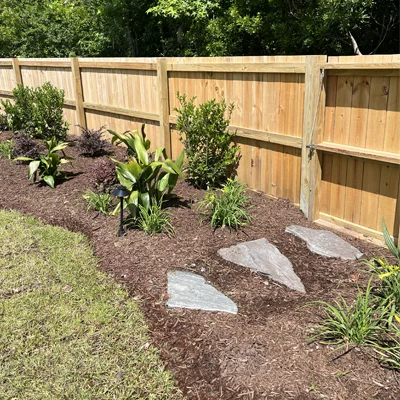
Landscaping challenges often arise due to soil compaction, poor drainage, and the region's unique climate conditions. These issues can lead to unhealthy plants, waterlogged areas, and an overall unappealing outdoor space. Wood Lawn & Landscaping addresses these problems through expert design and installation services, utilizing advanced techniques and high-quality materials to create beautiful, functional landscapes. Learn more about how we can help you:
- Professional Sod Installation for a Beautiful Yard: We will transform your lawn with pre-grown sod, providing immediate curb appeal, long-term durability, and less maintenance compared to traditional grass seed.
- Expert Bed Renovations: Our team refreshes your landscape by removing weeds, redefining bed edges, replenishing soil, and installing fresh mulch or rock for a clean, polished look.
- Protect and Enhance Your Landscape with Mulching: We apply a fresh layer of high-quality mulch that helps retain moisture, suppress weeds, and regulate soil temperature.
Landscapes & Plantings
Our team creates 2D CAD designs using ProLandscape software to make your vision a reality. As landscaping contractors, we provide custom-designed arrangements and planting services that are tailored to your specific wishes and needs, including irrigation system design and installation and full maintenance contracts. We’re so invested in our work that we provide one-year and two-year warranties to back up what we do.
Hardscapes & Outdoor Living Spaces
We are a licensed and insured hardscape contractor specializing in the design and installation of new outdoor living spaces, including patios, walkways, driveways, outdoor kitchens and more! When we install our custom designs, we make sure to pick materials that match the exterior of your home or business.
Driveway Installations
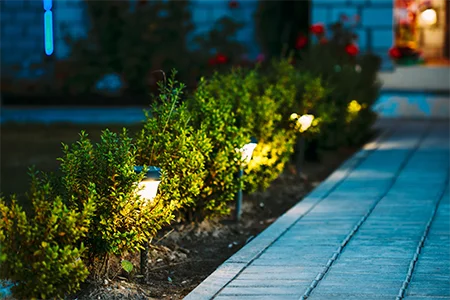
Driveways are an often-overlooked elements of curb appeal that sets the tone for the style and flow of your landscape. We can help you design and install the perfect driveway for your property, combining form and function. We start by removing any existing debris and ensuring the slope is right for proper drainage. From there, we lay the materials of your choice, anything from concrete or brick pavers to flagstone. Our designers will help you choose the best material to match your existing landscape, leveraging all their experience to meet your goals.
Outdoor Lighting Installation
We can install outdoor lighting from scratch, customizing it to fit your property perfectly. Our team has the experience needed to help you choose the perfect lighting techniques from our long history of serving clients in North Carolina After installation, we are more than happy to maintain your lights and repair them if you run into any issues. We can also do halogen to LED conversions so that if you already have a halogen outdoor lighting system, you can easily transfer to LED for higher energy efficiency.
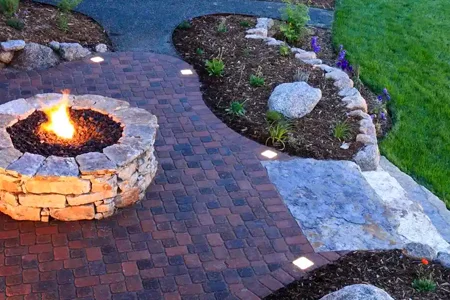
Fireplace Installation
In our area of coastal North Carolina, we usually enjoy a fairly temperate climate, but we still do get some chilly evenings during the fall and winter. Extend your enjoyment of those cooler evenings by adding a beautiful fire feature, such as a fire pit or fireplace, that will provide a focal point in your landscape and a lovely area for friends and family to gather around.
Custom Patio & Walkway Installation
Our hardscape contractors design and build custom patios and walkways for your home or business using durable, long-lasting materials like flagstone and concrete pavers.
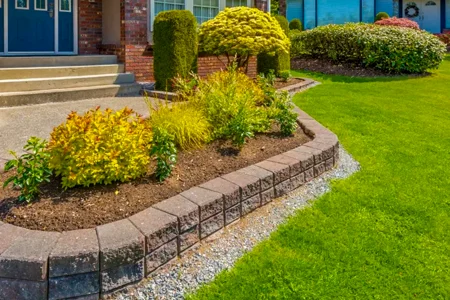
Retaining Walls
We design and install retaining walls for residential, commercial, and HOA properties. Each person’s style is different, so we offer a variety of materials, from concrete pavers to flagstones. The build material helps retaining walls bring an element of beauty into the landscape, but their function is to improve drainage, prevent erosion, create flattened space that is more useful to you, and more. There will be a lot of decisions to make, but to make the process as easy as possible, we have designers to support and guide you every step of the way!
Outdoor Kitchens
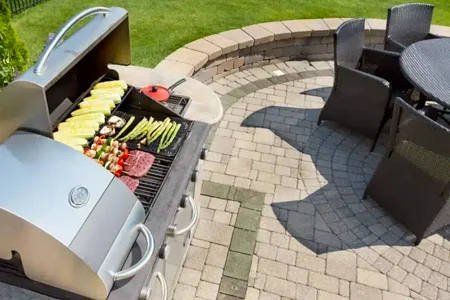
Our professionals can install an outdoor kitchen that is nothing short of stellar on your property. We use pre-assembled cabinets for our outdoor kitchens, and you can add stones such as granite to the sides and countertops to enhance their aesthetics. Our outdoor kitchens can be equipped with your choice of amenities, including grills, pizza ovens, bar areas, refrigerators, and more! We can also install outdoor lights on your property so you can use your kitchen any time, even after the sun has set!
Seating Walls
Seating walls are the perfect blend of beauty and functionality. Our seating walls are custom-designed from durable materials such as stone pavers and concrete blocks. As the name implies, these walls provide extra seating, making them perfect to place around hardscape features like patios and fire pits. We also offer a cleaning and sealing service to keep your seating wall protected from the elements and looking like new for years to come.
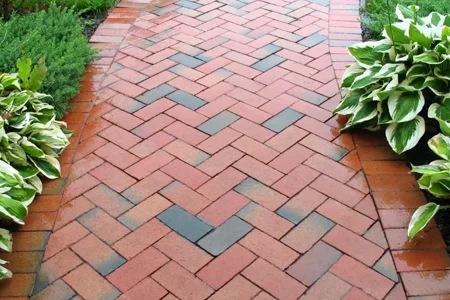
Cleaning & Sealing
Many areas, such as fire pits, fireplaces, walkways, and other outdoor living spaces, are manufactured from durable materials. They will still get dirty over time and must be cleaned and sealed to restore their appearance and protect them from the elements. That’s where our cleaning and sealing service comes in! After a thorough cleaning gets them looking their best, we’ll then seal the surfaces of your hardscapes to protect them from weathering and the elements. Our cleaning and sealing service is a great way to restore the natural beauty of various materials. While cleaning, we’ll also look for any areas that may need repair. We can also repair any damaged areas if you would like.
Landscaping Services Near You
We are proud to be a local lawn and landscape company serving the Eastern North Carolina community with dedication and care. Rooted in the area, we take pride in enhancing the beauty of our neighbors’ outdoor spaces with reliable, high-quality services. See if we service your city!
